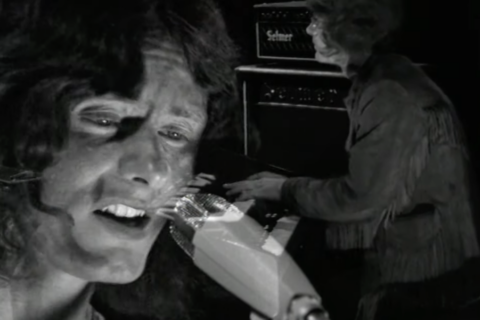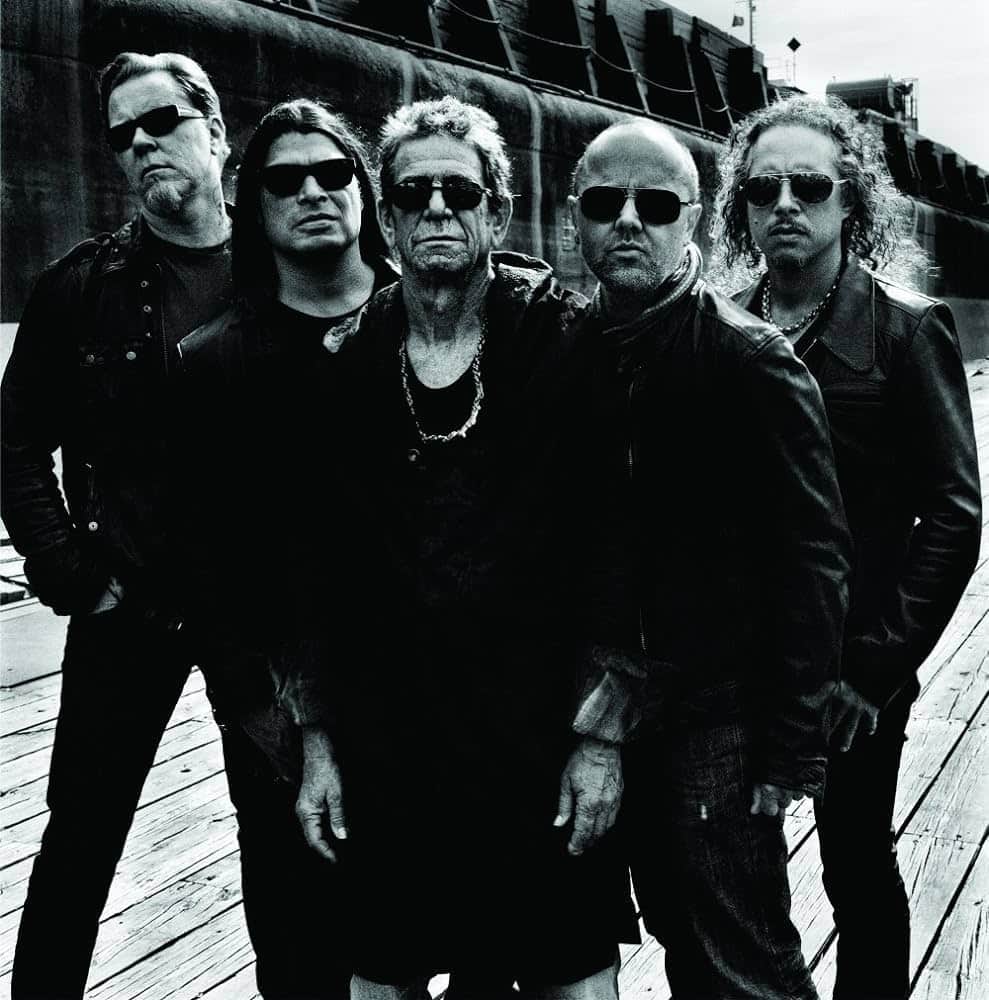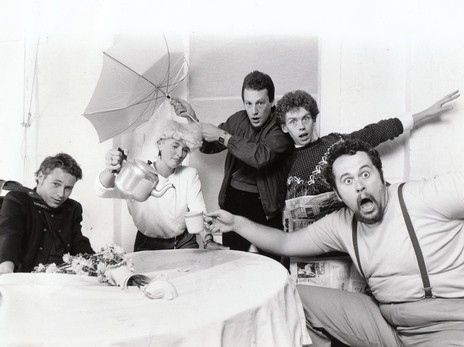Musings on a week of listening, watching and the rest of it. This week GARY STEEL reads a couple of entertaining Kiwi music books.
 New Zealand in the 1970s. There were only really a couple of options for a young male experiencing a horrid adolescence in Hamilton: make it into the 1st XV or retreat into a parallel existence of boundless imagination via art or music. Hamilton Boys’ High School was sheer bloody torture, but for the likes of me and my buddy Ian Chapman, rock music showed us that there was an alternative reality to immerse ourselves in and aspire to.
New Zealand in the 1970s. There were only really a couple of options for a young male experiencing a horrid adolescence in Hamilton: make it into the 1st XV or retreat into a parallel existence of boundless imagination via art or music. Hamilton Boys’ High School was sheer bloody torture, but for the likes of me and my buddy Ian Chapman, rock music showed us that there was an alternative reality to immerse ourselves in and aspire to.
Support Witchdoctor’s ongoing mission to bring a wealth of new and historic music interviews, features and reviews to you this month (and all year round) as well as coverage of quality brand new, contemporary NZ and international music. Witchdoctor, entertainment for grownups. Your one-off (or monthly) $5 or $10 donation will support Witchdoctor.co.nz. and help us keep producing quality content. It’s really easy to donate, just click the ‘Become a supporter’ button below.
It was the age of glam and progressive rock and most of our musical heroes were beamed in from far away in the Motherland, old blighty; in Chapman’s case, David Bowie and other glam-inflected artists, and in my case, Emerson Lake & Palmer and the like.
Chapman grew up to become a distinguished senior lecturer in music at the University of Otago, and author of a range of tomes about subjects like glam rock, the fabled “Dunedin sound” and artists like Bowie and Alice Cooper. Me? Well, you don’t want to know.
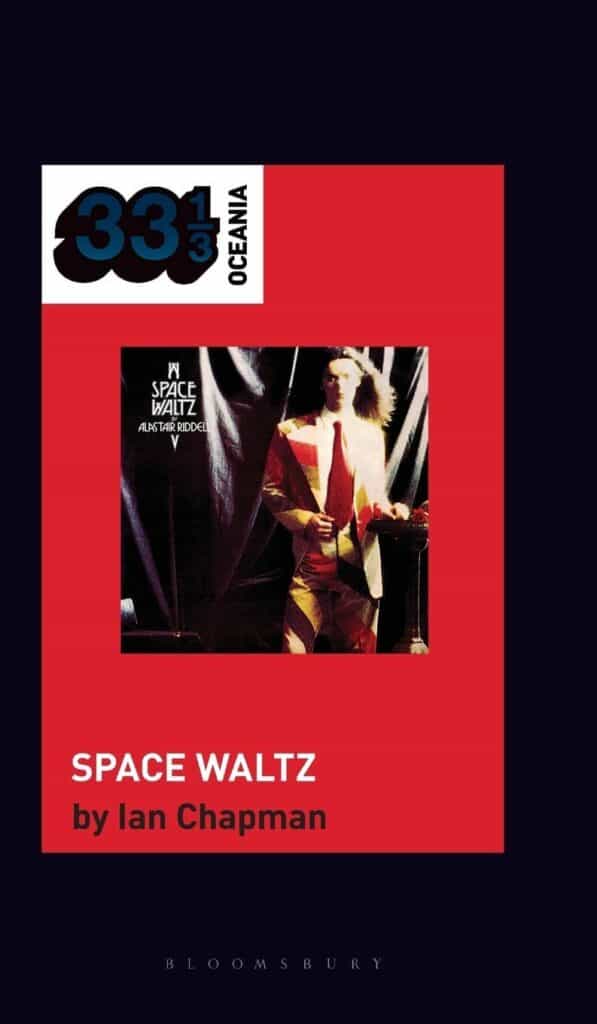 One achievement of Chapman’s latest book is to deflate the erroneous but commonly held idea that glam and progressive rock were completely different beasts that were at odds with each other. Space Waltz (33 1/3 Oceania) is a detailed track-by-track critical analysis of New Zealand’s most iconic – only? – glam album, and he explains with great clarity the way the two genres colluded and merged when it suited.
One achievement of Chapman’s latest book is to deflate the erroneous but commonly held idea that glam and progressive rock were completely different beasts that were at odds with each other. Space Waltz (33 1/3 Oceania) is a detailed track-by-track critical analysis of New Zealand’s most iconic – only? – glam album, and he explains with great clarity the way the two genres colluded and merged when it suited.
I never thought for a moment that there would be the scope or demand for a book (albeit a short book at 126 pages) about an album that failed to capitalise on the success of the classic ‘Out On The Street’ single, and which proved to be the group’s only long-player before their dissolution not long afterwards. As Ian explains in the book, the “Kiwi cringe” was at its peak at this time, and it took the group’s outrageous performance on a terrible mainstream TV music contest to “wow” the populace into submission. Television was all “light entertainment” in NZ and it was almost unthinkable that an NZ group would wear loads of makeup and camp it up outrageously, or that one of our own (singer Alastair Riddell) was capable of a song that killed the Kiwi cringe stone dead.
Space Waltz tells the story of the group’s formation (and everything that followed) through his own research and relevant contemporary observations by former band members and bystanders, which adds to its credibility and backs up his arguments. It’s a shock to learn that the album would likely never have happened had Riddell not allowed his rock credibility to be sullied by television, and that their record contract was solely based on the popularity of that song. Equally, it’s a shock to learn how little support Riddell got from our nascent music industry subsequently, and rather depressing to learn of his thwarted attempt to make it in Australia. For such a prodigiously talented individual, it must have been galling to see it all fall apart so soon, but as Riddell explains, his inclination was never towards the record-tour-record-tour cycle that the music industry requires.
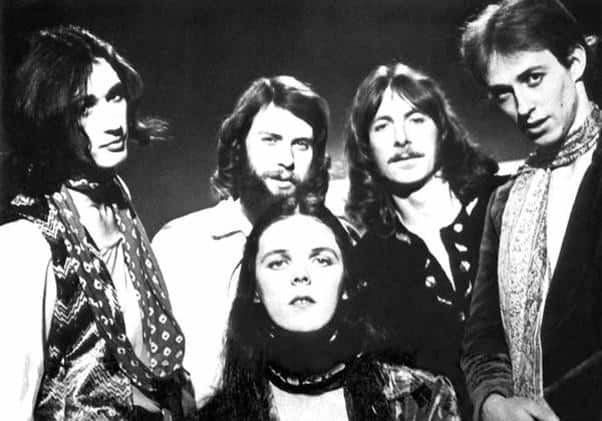 Chapman spends considerable space defending Space Waltz against the then-prevalent argument that Riddell was overtly influenced by David Bowie to a degree that made it difficult to see the artist/group on its own merits. He makes the valid point that few artists stand out completely on their own with no traces of the artists they’ve been influenced by. Still, it seems a little disingenuous to deny such a clear and present influence in the look, the sartorial style, the vocal intonation, the sexual ambiguity…
Chapman spends considerable space defending Space Waltz against the then-prevalent argument that Riddell was overtly influenced by David Bowie to a degree that made it difficult to see the artist/group on its own merits. He makes the valid point that few artists stand out completely on their own with no traces of the artists they’ve been influenced by. Still, it seems a little disingenuous to deny such a clear and present influence in the look, the sartorial style, the vocal intonation, the sexual ambiguity…
I was gobsmacked to read that one of Riddell’s early 1970s favourites had been the group Van Der Graaf Generator, and it dawned on me for the first time that the group’s singer/writer, Peter Hammill, had a very clear and present influence on Riddell and the songs and style of the Space Waltz album. There’s Hammill’s theatrical vocal style, which influenced Bowie, and in particular, the infamous wordiness of his songs. The biggest stumbling block of the Space Waltz album for me, then and now, is the words. Riddell constructed complex sci-fi-influenced scenarios and never used a simple word when a multisyllabic one was available to substitute. They’re actually quite amazing lyrics, but far too fanciful for my taste.
Inevitably, the centrepiece of the book is a track-by-track dissection of the album, and it’s clear that to Chapman, it’s almost flawless in its greatness. I would demur on this point. Yes, it’s a very important record, especially in the context of Kiwi rock history, and he’s right that listening to it now, the album does sound remarkably fresh. There’s a lot to love about it, including the layered guitars and the sterling keyboard work of Eddie Rayner.
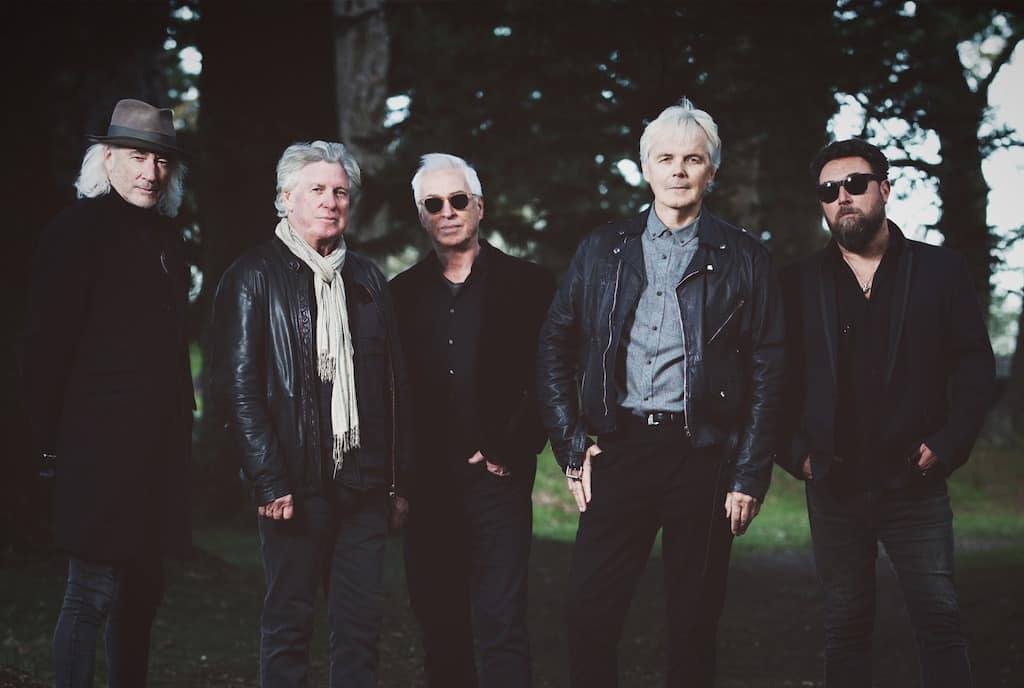 The “is it glam or is it prog?” argument can probably be somewhat diffused, as Chapman suggests, by calling it “art rock”, a category that suits groups of a certain disposition, from Roxy Music through to Split Enz and Japan and Talk Talk and even Radiohead. There’s no doubt that several of the more extended tracks on the album are imbued with more than a hint of what later became known as “prog”, but the association is almost inevitable with the epic progressions of those tracks and their galactic subject matter.
The “is it glam or is it prog?” argument can probably be somewhat diffused, as Chapman suggests, by calling it “art rock”, a category that suits groups of a certain disposition, from Roxy Music through to Split Enz and Japan and Talk Talk and even Radiohead. There’s no doubt that several of the more extended tracks on the album are imbued with more than a hint of what later became known as “prog”, but the association is almost inevitable with the epic progressions of those tracks and their galactic subject matter.
It’s a great pity that Alastair Riddell and his musical meddlers have had to wait almost 50 years for real critical acclaim or a book that firmly places their album in the canon, but late is always better than never.
(Disclaimer: yes, I am quoted in the book, along with many other observers from the time and later).
 Coincidentally, I’ve also been reading Mike Chunn’s memoir, A Sharp Left Turn (Allen & Unwin). Published in 2020, the book is a chance for the former Split Enz bassist to get a bit more personal than he was able to in his Enz bio, Stranger Than Fiction, and there’s an inevitable connection to Chapman’s book, the most obvious one being that Chunn ended up playing with Space Waltz keyboardist Eddie Raynor in Split Enz, and later, Space Waltz drummer Brent Eccles in the fabulous but sadly neglected late ‘70s group, Citizen Band.
Coincidentally, I’ve also been reading Mike Chunn’s memoir, A Sharp Left Turn (Allen & Unwin). Published in 2020, the book is a chance for the former Split Enz bassist to get a bit more personal than he was able to in his Enz bio, Stranger Than Fiction, and there’s an inevitable connection to Chapman’s book, the most obvious one being that Chunn ended up playing with Space Waltz keyboardist Eddie Raynor in Split Enz, and later, Space Waltz drummer Brent Eccles in the fabulous but sadly neglected late ‘70s group, Citizen Band.
Chunn beautifully captures New Zealand’s sleepy atmosphere in the late ‘60s as he describes growing up in Otahuhu and attending boarding school at Auckland Grammar, where in 1969 about 30 boys gathered to attentively listen to The Beatles’ Abbey Road all the way through. (Can you imagine any album having that kind of impact now?) It was there that he first met a young Tim Finn and Eddie Rayner, with whom he would go on to form a teen combo that would make an indelible mark on New Zealand musical culture in the mid-‘70s.
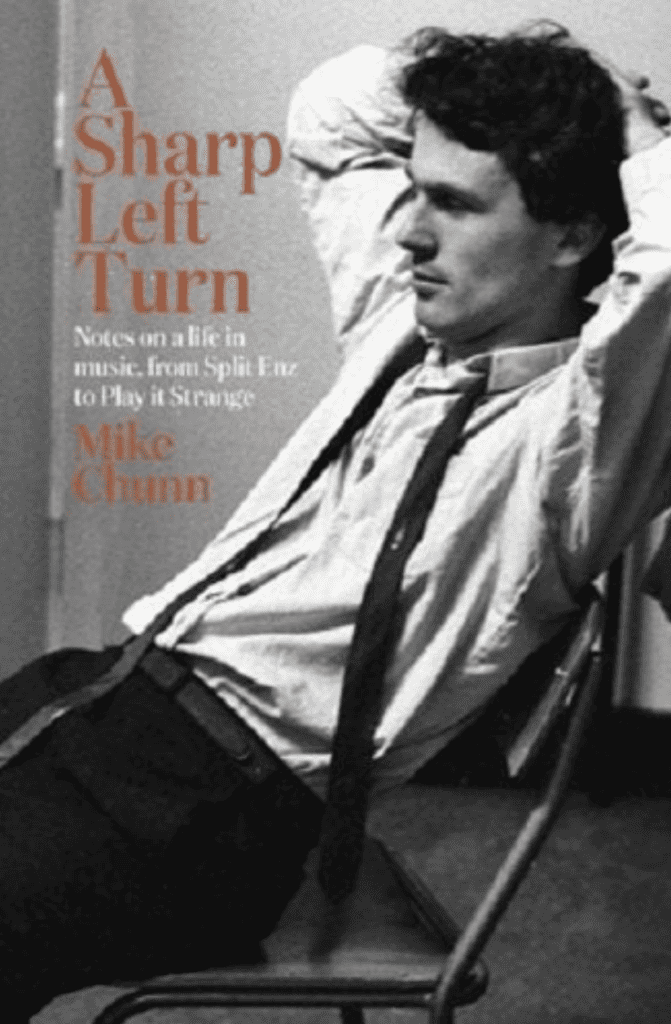 Chunn’s time in Citizen Band with his brother Geoff in the late ’70s is refreshing to read about, and it’s fascinating to learn that the pub circuit was really pumping with NZ groups playing to enthusiastic audiences at that time.
Chunn’s time in Citizen Band with his brother Geoff in the late ’70s is refreshing to read about, and it’s fascinating to learn that the pub circuit was really pumping with NZ groups playing to enthusiastic audiences at that time.
A Sharp Left Turn makes for entertaining and informative reading for anyone looking to understand the way rock culture developed here, and there are plenty of small revelations for fans of the bands in which Chunn played. But a central thread running through Chunn’s years playing with Enz and then Citizen Band is a condition that he describes as agoraphobia, which brought about years of numbing self-medication and ultimately led to giving up his rock and roll aspirations.
Inevitably, those are the years that will be of most interest to general music fans, but the later chapters of his life prove instructive as well. Who knew that he’d worked as an A&R scout for a record company (self-described as hopeless) or that he’d single-handedly made APRA (Australian Performing Rights Association) a going concern in NZ? Perhaps his crowning achievement was the 2004 creation of a pet project, a high school songwriting charity called Play It Strange, for which he remains the CEO.
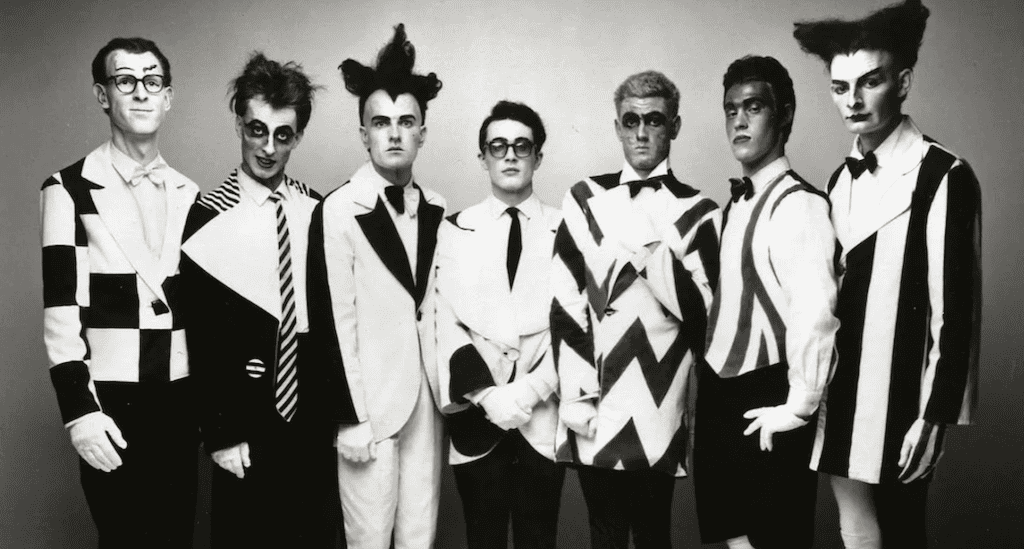 It’s not perfect. Chunn tries to convey the psychotropic agony of his agoraphobia with intensely descriptive passages that sometimes sound a little forced and repetitive, yet on other occasions leaves us wanting a better explanation for certain lapses or decisions. A more decisive editing job may have tightened up the flab. While it’s far from the best book covering this particular era of NZ music history, it’s a decent memoir that is certainly a worthy and entertaining read.
It’s not perfect. Chunn tries to convey the psychotropic agony of his agoraphobia with intensely descriptive passages that sometimes sound a little forced and repetitive, yet on other occasions leaves us wanting a better explanation for certain lapses or decisions. A more decisive editing job may have tightened up the flab. While it’s far from the best book covering this particular era of NZ music history, it’s a decent memoir that is certainly a worthy and entertaining read.
* Ian Chapman’s Space Waltz (Bloomsbury, $27.99) will launch at Real Groovy (Auckland) on 20 May with a live-in-store band appearance. The book is available now to purchase from the publisher or can be ordered through your favourite bookstore.
- Space Waltz (with Alastair Riddell and Eddie Rayner) appears for the first time at the Waiheke Jazz Festival, Auckland, this weekend (Saturday 8 April).
- https://www.iticket.co.nz/events/2023/apr/wjf-space-waltz
- Those with musically or lyrically oriented teens can check out Play It Strange here: https://www.playitstrange.org.nz/
- Musings on a week of listening, watching and the rest of it is an occasional diaristic blog by Gary Steel.





